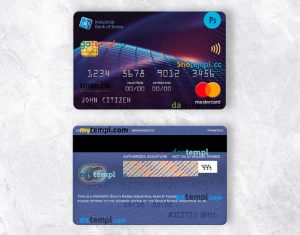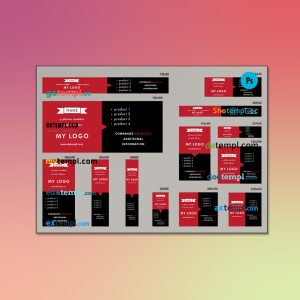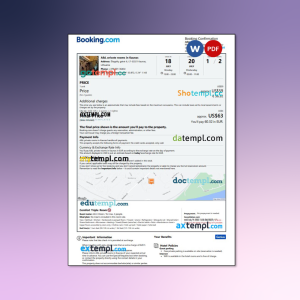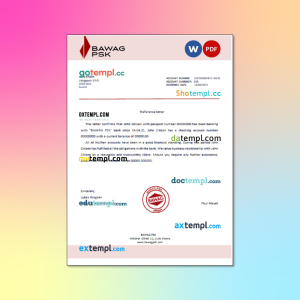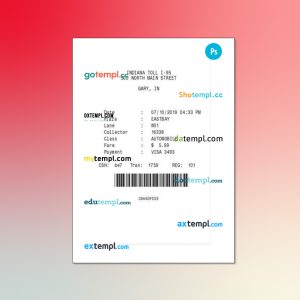As a citizen of any country, it is important to participate in the electoral process by registering to vote and casting your ballot. In most countries, this process starts with obtaining a proof of registration card. This card serves as proof that you are registered to vote in a specific electoral district, and it is a crucial document that you should have in your possession if you want to exercise your democratic rights. In this article, we will discuss the importance of having a proof of registration card and how to obtain one.
Why is proof of registration card important?
Proof of registration card serves several important purposes. Firstly, it confirms that you are registered to vote in a specific electoral district. This information is important because it determines where you can cast your ballot on election day. Without proof of registration card, you may not be allowed to vote, and your democratic rights will be denied.
Secondly, proof of registration card also serves as a form of identification. When you go to the polling station to cast your ballot, you will be required to show your proof of registration card along with another form of identification. This is to ensure that only registered voters are allowed to cast their ballots and to prevent voter fraud.
Lastly, proof of registration card is an important document that you should keep in a safe place. You may need it in the future to prove that you are a registered voter, for example, if you are applying for a job that requires you to be a registered voter or if you need to obtain a passport.
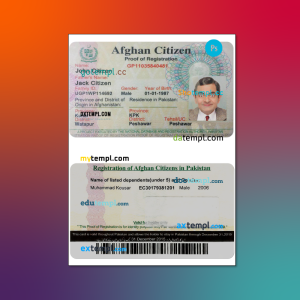
How to obtain proof of registration card
The process of obtaining a proof of registration card varies from country to country, but the following steps are generally applicable:
Step 1: Determine your eligibility
Before you can obtain a proof of registration card, you must determine whether you are eligible to register to vote. In most countries, you must be a citizen, at least 18 years old, and have a valid form of identification to register to vote.
Step 2: Register to vote
Once you have determined that you are eligible to register to vote, you can proceed to register. The registration process usually involves filling out a registration form and providing proof of your eligibility and identity. In some countries, you may also be required to provide additional information, such as your address or occupation.
Step 3: Obtain proof of registration card
Once you have registered to vote, you will be issued a proof of registration card. This card will contain your name, address, and the electoral district where you are registered to vote. You should keep this card in a safe place and bring it with you when you go to cast your ballot on election day.
or you can simply download an editable example here: proof of registration card
Conclusion
In conclusion, obtaining proof of registration card is a crucial step in participating in the democratic process. It confirms that you are registered to vote and serves as a form of identification on election day. To obtain a proof of registration card, you must first determine your eligibility, register to vote, and then obtain the card from the appropriate electoral authority. Remember to keep your proof of registration card in a safe place, as it may be required in the future to prove your eligibility to vote.


